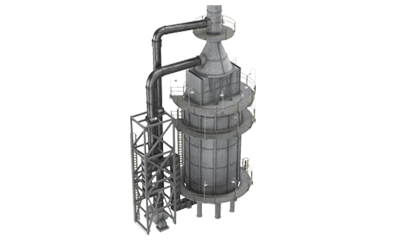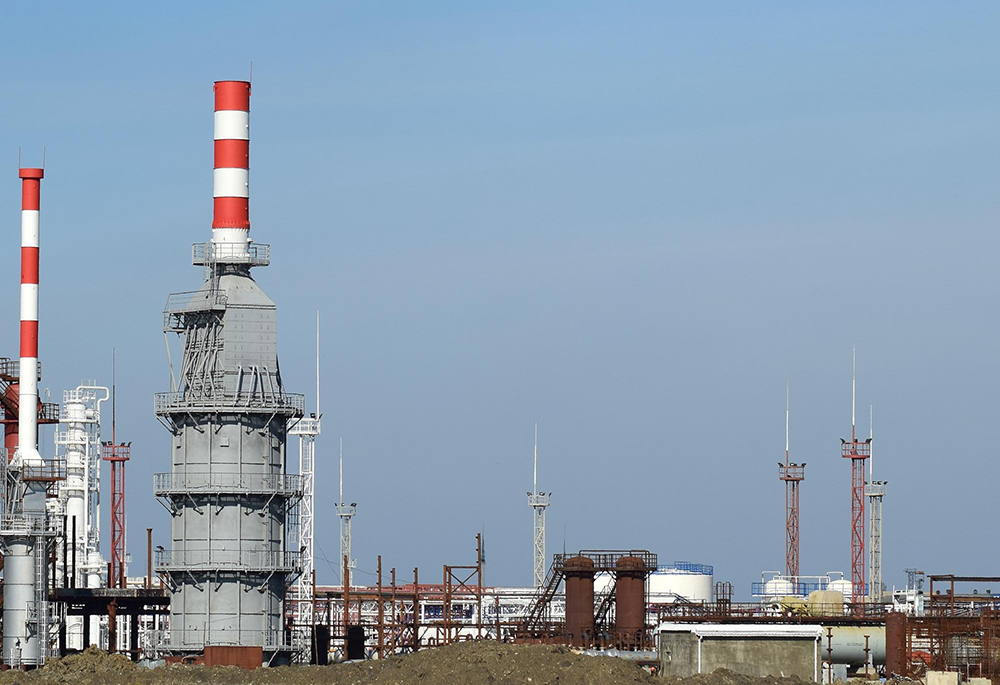Refinery furnaces are crucial components in the oil and gas industry, utilized for various processes such as heating, evaporation, cracking, and other thermal operations. These furnaces come in different sizes and types, each designed for specific applications. Below is an overview of different types of refinery furnaces used in the oil and gas industry, their operation, construction materials, and applications.

There are different types of refinery furnaces, each designed for specific purposes. In the following, we mention some common types of refinery furnaces:
Direct fired heaters are heated directly by flames from fossil fuels such as natural gas, oil, or propane. They are widely used for the direct heating of raw materials, such as crude oil or natural gases.
In indirect fired heaters, heat is transferred indirectly to the fluid through a heat transfer medium, which can be a metal or thermal fluid circulating in a closed loop.
Cracking furnaces are used to break down larger molecules into smaller ones. This process is typically used to produce more valuable products like ethylene and propylene from crude oil.
These furnaces are used to burn and eliminate organic pollutants from exhaust gases. They help reduce emissions and protect the environment.
Fluidized bed furnaces are used for heating and chemical reactions in a fluidized bed. Small solid particles are suspended in a gas flow and act as a reaction bed.
Electric furnaces use electrical energy to generate heat and are particularly useful in processes requiring precise temperature control.
Steam boilers play a crucial role in generating steam for various industrial processes. They operate using fossil fuels like natural gas, oil, or coal.
Distillation furnaces are used to separate different components of crude oil based on their boiling points. They assist refineries in separating various petroleum products.
Chemical reactors are designed for carrying out chemical reactions at high temperatures and are commonly used in petrochemical and chemical production processes.
Waste incinerators are used to burn industrial waste and convert it into ash and harmless gases. This process helps in reducing waste volume and managing industrial waste.
Desulfurization furnaces are used to remove sulfur from crude oil and petroleum products. Sulfur in oil can create environmental pollutants, making its removal important.
Flash furnaces are used for rapid heating and converting liquids into vapor. This process is often used in steam generation for refining and petrochemical processes.
Plasma furnaces use plasma to create very high temperatures and are used for specific processes requiring extremely high temperatures.
High-frequency furnaces use high-frequency electrical currents to generate heat and are suitable for precise and rapid thermal processes.
Solar furnaces use solar energy to produce heat and are used in cases where renewable energy is required.
Shaft furnaces are designed vertically with materials entering from the top and exiting from the bottom. They are used for continuous operations.
Induction furnaces use magnetic fields to generate heat and are suitable for melting metals and precise thermal operations.
Most of the heat required for oil refining is produced through furnaces.
A quarter of the cost of refining is related to the fuel that burns in the furnaces.
Conclusion
Refinery furnaces play a vital role in various processes in the oil and gas industry. The choice of furnace type depends on the specific process, temperature requirements, materials used, and the needs of each operation. These furnaces are constructed from heat-resistant and corrosion-resistant materials to withstand harsh industrial conditions, enhancing process efficiency and safety.

Petro structure company is the operator of all types of distillation towers, vacuum towers, vessels, flares, furnaces, etc. This complex has the possibility of building a furnace by using the expert forces and the required equipment. Contact our experts for expert advice.
References